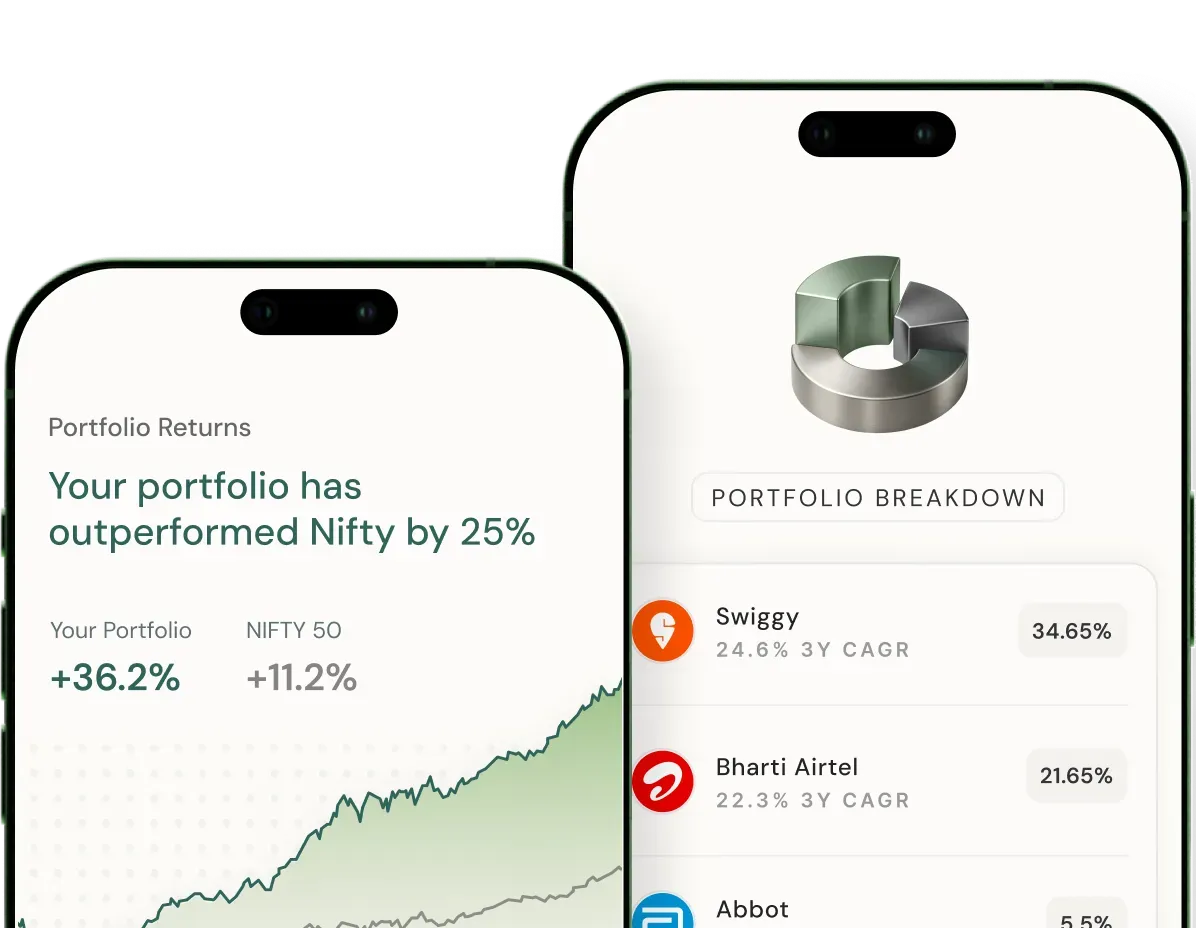Table of Contents
View All ![]()

View All ![]()
Gold Prices Surge to Record High Amid Market Volatility
US-China Tariff Battle
Key Factors Driving Gold Prices
Tariffs and Recession Fears Boost Gold Outlook
Impact of High Gold Prices in India
Gold prices hit an all-time high after breaching the 94,000 mark for the first time on Tuesday. Amidst the continuing trade war tensions, safe-haven demand surged, driving Gold to Rs 94,000, striking a new all-time high of Rs 93,736 per 10 grams.
On Thursday, gold prices jumped about 3% to an all-time high. This surge, amidst the uncertainty in the market, can be attributed to a drop in the dollar’s value and the escalating trade war between the U.S. and China, which is why investors are drawn to the precious metal’s safe-haven allure. Another reason is that the big bond sell-off created an environment where even US Treasuries are no longer safe.
Spot gold rose 2.6% to $3,160.82 an ounce after striking a record high of $3,171.49 earlier, while U.S. gold futures rose 3.2% to settle at $3,177.5. On Thursday, the US stock markets again dropped after gaining big on President Donald Trump’s tariff reprieve to most countries on Wednesday, April 9.
The S&P 500 dropped 5.8%, while the Dow Jones Industrial Average declined 1,746 points. By noon, the Nasdaq composite had fallen 5.8%. Meanwhile, the dollar index fell over 1 percent against its competitors, making gold less costly for other currency holders.
Donald Trump raised tariffs on China to 125% from 104%, which is effective instantly, after China announced plans to retaliate with an 84% tariff to begin on Thursday. The total tariff on China is 145%, including the 20% tariff due to fentanyl. However, on April 2, Trump announced a 90-day pause on tariffs for all countries except China.
The ongoing US-China trade war has sparked fears of a global economic slowdown. This tension has pushed many investors into gold and away from stocks and funds, driving up gold’s demand and price.
Gold is priced and traded in USD, and with the Indian Rupee hovering around 86.07/$, import costs have surged. India is the second-largest gold consumer, so a weaker rupee means higher domestic prices.
Gold is an anti-inflation asset. With tension around US Fed rate cuts and recession fears, investors are diverting to gold, which increases the price of gold.
As per the World Gold Council, global central banks, including India’s Reserve Bank of India, have been aggressively hoarding gold. This is to hedge against geopolitical risks and diversify reserves away from the US dollar. In simpler terms, less supply in the market leads to higher prices.
Also Read: Union Government Discontinues Sovereign Gold Bonds
Data released on Thursday showed that in March, the consumer price in the U.S. abruptly fell, but inflation risks have moved to the upside after President Donald doubled down on China Tariffs.
The previous week, gold faced pressure as margin-driven liquidation followed a sell-off in the equity and bond markets. Analysts predict the price of gold will rise further after this liquidation process.
Gold has a special place in the Indian culture and economy. On one side, rising prices boost investment returns and gold-backed products. On the other hand, they weaken the economy through currency pressure and higher imports while making gold expensive for the average consumer.

A seasoned investment professional with over 17 years of experience in AIF and PMS operations, investments, and research analysis. Abhishek holds an Executive MBA from the Faculty of Management Studies, University of Delhi, and has deep expertise in securities analysis, portfolio management, financial analytics, reporting and derivatives.
Disclaimer: This information is for general information purposes only. Investments in the securities market are subject to market risks, read all the related documents carefully before investing.
Impress your coworkers with your finance insights


20 MinsMutual Funds
A Beginner's Guide to Mutual Funds in 2024

8 MinsSIPs
How SIPs Help You Beat the Market with Rupee Cost Averaging

11 MinsSIPs
SIP vs. Lumpsum Mutual Fund Returns: Which is Better?
Scan this QR to download the App

